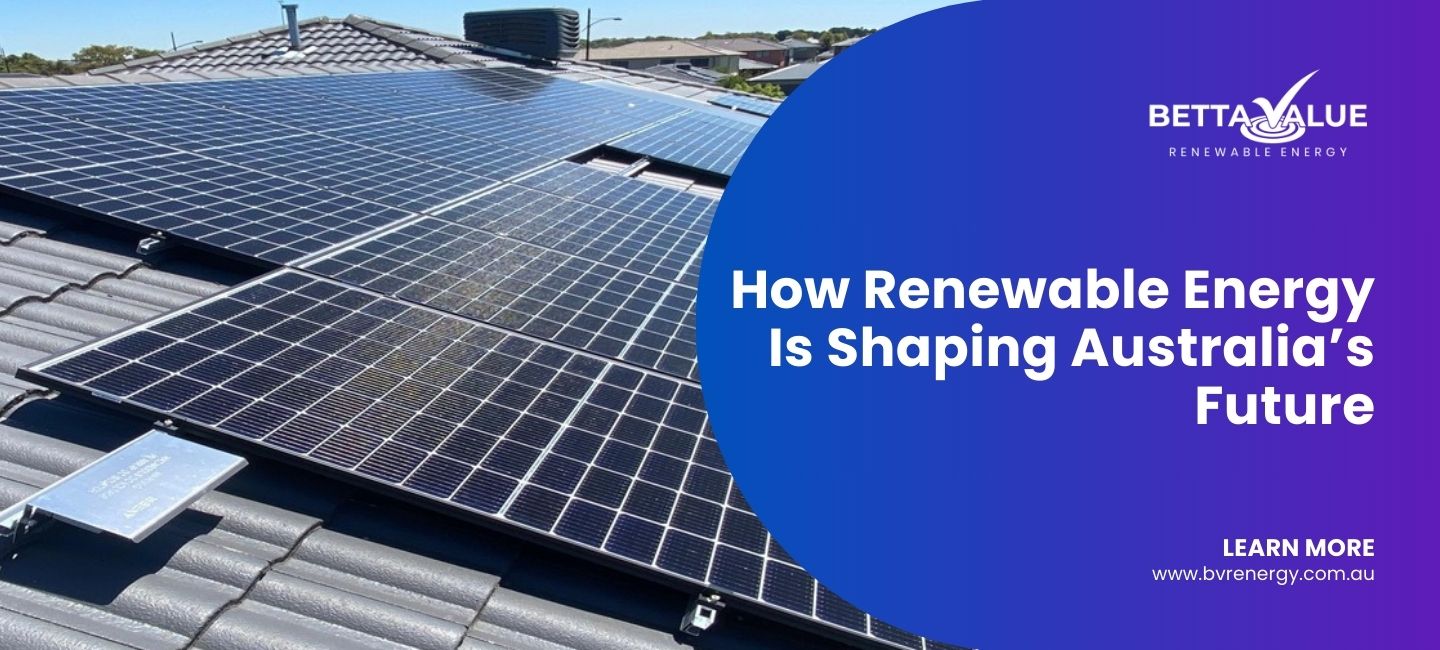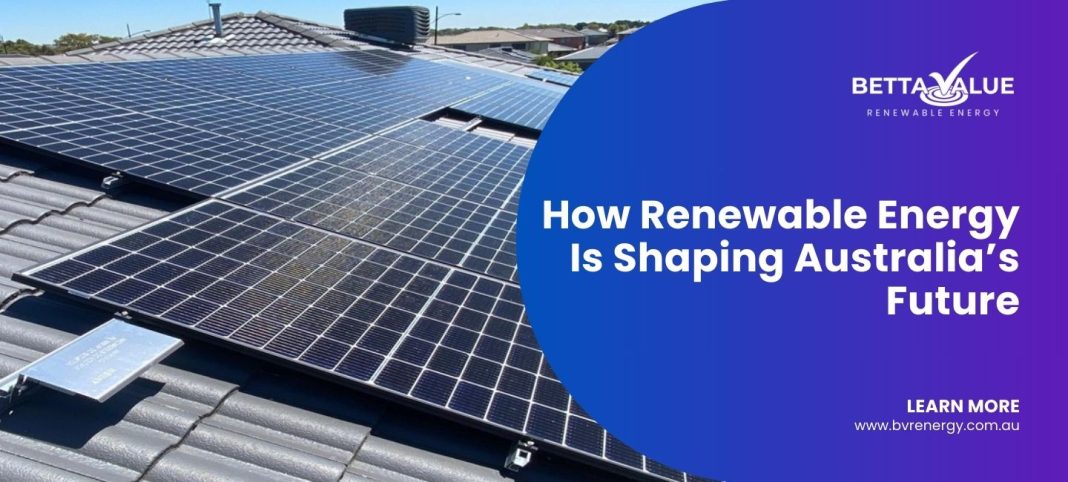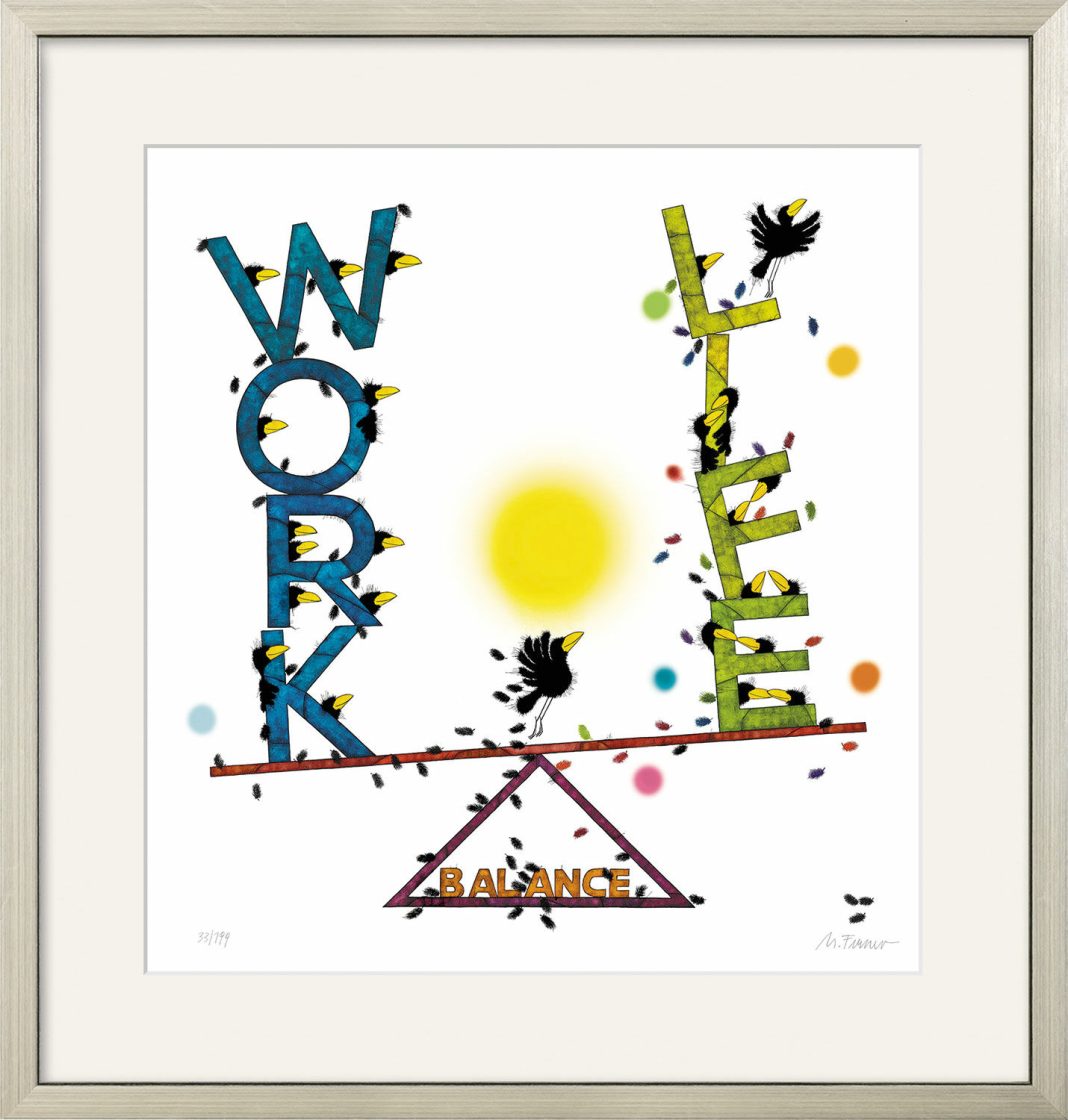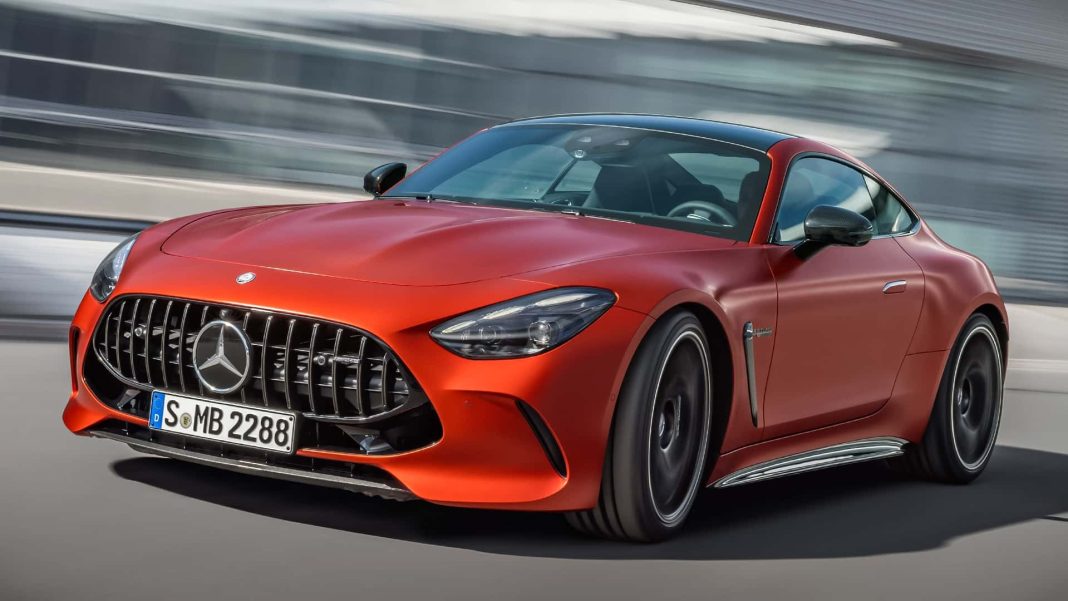 Renewables vs Nuclear: The Battle for Australia’s Energy Future
Renewables vs Nuclear: The Battle for Australia’s Energy Future
Introduction:
Australia’s Minister for Energy and Climate Change, Chris Bowen, has criticized the Coalition’s nuclear plan, stating that it is a response to Labor’s successful approach to renewables rather than an innovative policy. Bowen argues that the speed and effectiveness of renewables have made the Coalition nervous and prompted them to propose an alternative. This article explores the key arguments surrounding Australia’s energy future, including the success of renewables, the potential benefits of nuclear power, and the cost implications.
The Success of Renewables:
Bowen highlights the significant progress made in renewable energy under Labor’s leadership. He states that renewable generation has increased by 25 percent since they came to power. The first auction of the Capacity Investment Scheme, a national framework to encourage investment in wind, solar, and batteries, has received more than 40GW of project registrations, demonstrating strong interest in renewables. Bowen also points to South Australia occasionally being powered entirely by solar energy and Tasmania reaching its 100 percent renewables target two years ahead of schedule.
The Case for Tasmania:
Tasmania, known for being the first city lit by hydropower in 1985, plans to double its renewables generation to 200 percent by 2040 through wind and hydroelectric power. Interestingly, Opposition Leader Peter Dutton did not propose a nuclear reactor site in Tasmania when unveiling his plans. This suggests that Tasmania’s success with renewables may have influenced the decision not to include it in the nuclear plan.
Nuclear Power as a Solution:
Peter Dutton argues that nuclear power would lower electricity bills and emissions while reinvigorating Australia’s manufacturing industry. He claims that introducing zero-emissions nuclear energy has proven successful in reducing prices worldwide. However, Smart Energy Council Chief John Grimes warns that the Coalition’s nuclear plan could cost taxpayers between $116 billion and $600 billion while only providing 3.7 percent of the nation’s power. In comparison, the current plan for renewables offers greater capacity at a similar cost.
The Cost and Development Challenges:
The Commonwealth Scientific and Industrial Research Organisation (CSIRO) released the GenCost report, which compared the costings of nuclear and renewables based on South Korea’s nuclear program. The report found that nuclear would be more expensive than renewables and would take longer to develop. This raises concerns about the feasibility and economic viability of nuclear power in Australia.
Australia’s Nuclear Ban:
Australia is one of the few wealthy nations that have banned nuclear power. The ban was introduced in 1998 by the Greens and passed the Senate with minimal debate. Among the top 20 richest nations in the world, only Saudi Arabia, Italy, and Australia do not currently have nuclear power. Saudi Arabia is in the process of building a nuclear power station, while Italy sources a significant portion of its power from France, where nuclear energy accounts for 60 percent of generation.
Conclusion:
The debate between renewables and nuclear power continues to shape Australia’s energy future. While Labor emphasizes the success and potential of renewables, the Coalition argues that nuclear power could lower electricity bills and support the manufacturing industry. However, concerns about the cost and development challenges of nuclear power, as well as Australia’s existing ban on nuclear energy, raise questions about the feasibility and suitability of this alternative. As the nation grapples with its energy transition, striking the right balance between affordability, sustainability, and reliability remains crucial.


